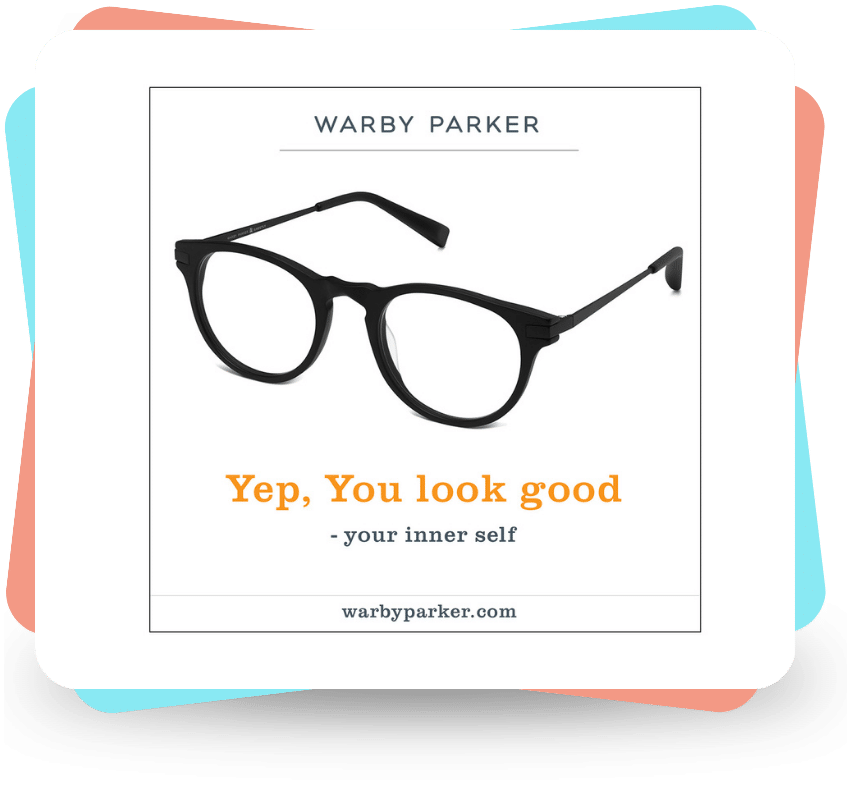
Animal care—veterinary services, boarding, grooming, daycare, or training—is inherently a hyper-local business. These services rely on physical presence and limited geographic reach, often generating the majority of their revenue within a 10–15 mile radius. Like many small businesses, pet clinics and animal care providers contribute significantly to local economies and employment. However, even well-known community providers can benefit from structured, strategic veterinary marketing services to expand visibility and grow their client base.
At Vetcelerator, a specialized veterinary marketing agency, we help local clinics improve outcomes through advanced planning frameworks like the Seven Ms of marketing:
- Markets: who should I try to reach?
- Mission: What is my goal / what am I trying to achieve?
- Message Content: What should I try to tell them?
- Media Strategy: How do I reach them?
- Message Design: What should the message look like?
- Money: How much should I spend to accomplish the mission?
- Measurement: How will I measure success, or were steps 1-6 worth it?
Effective marketing begins with identifying your ideal customer—who they are, what they need, and how they behave. This step lays the foundation for data-driven vet marketing and smart campaign design.
Understanding Veterinary Market Segmentation
Like most things, this question requires some thought and analysis. The logic behind the exercise is that different people like different things because they seek other benefits. Let’s start with the presumption that all people are customers and segment from there. Because it may be challenging to observe benefits, we can instead start by picking some common variables for segmentation and then return to the benefits. Segmentation characteristics come in at least five flavors.
- Geographic: Where do my customers live relative to the universe? This is generally a good segmentation exercise in a hyper-local space because most customers will be in a 10-15 mile radius. If this doesn’t apply, the business is not likely hyper-local. Consider the Mayo Clinic vs. any other hospital in Rochester, MN.
- Demographic: The obvious demographic is pet owner (or not), but other factors include age range, gender, income, education, and family size.
- Psychographic: The values and emotions of the consumer, but this may also include media habits, e.g., I get my information from the newspaper, not the internet.
- Attitudinal: While easy to confuse with psychographic and behavioral, attitudinal reflects how someone feels about your product or service, capturing levels of brand loyalty and price sensitivity. For example, consider how customers think about brands such as Toms or Bombas vs. Cole Haan or Goldtoe.
- Behavioral: This considers customers’ specific buying behavior, such as when they purchase, how often they typically buy, and what leads up to a purchase. For example, Black and Decker’s biggest competitor is not another tool company but necktie companies because most power drills are purchased….as gifts. This specific buying behavior may influence who your market truly is.
Strategic Targeting in a Narrow Geographic Market
While a veterinary digital marketing strategy often seeks to expand reach, hyper-local clinics are naturally limited by geography. With the perspective variables identified, the challenging question is determining the cost/benefit of your decision to appeal broadly or narrowly. As we mentioned in other posts, it helps to identify your raving lunatic customers truly, but there are tradeoffs to being too narrow.


We’ve seen success both ways:
- Warby Parker has disrupted the eyeglasses market by appealing not to people who require a prescription but to people with eyes. Non-prescription glasses are a massive part of their sales.
- Ferrari: Simply put, you don’t choose Ferrari; Ferrari chooses you. This brand has achieved success by being incredibly narrow in its approach.
In addition, there can be a problem with appealing to multiple segments because your approach may become inconsistent.
- Mcdonald’s once offered a McLean Deluxe, if you can believe it. It did not work out.
The good news is that in the case of a hyper-local pet business, you can likely do both. Increasing the number of people in your market who would consider your product or service for purchase is good. Unfortunately, your business is likely targeting a geographic reach of a 10-15 mile radius around your location, so you will naturally be narrowing your customer base, and you do not need to narrow it further for your core business of pet or vet care. However, you can specialize in gathering additional smaller segments within(and potentially outside) the geographic base. Hours of service, drop-off availability, same-day availability, targeting a specific breed, and being an owner/operator are all differentiators that may appeal to different segments and align with the unique offering of the practice. An ideal segment or set of segments will have sufficient size but be attractive to the practice, specifically, and capitalize on their strengths.
Marketing is a planning process, and frameworks like the Seven Ms are valuable tools to aid in it. As a trusted advisor, rely on Vetcelerator to help you plan, position, and implement a marketing plan.
Vetcelerator’s Role
Vetcelerator brings clarity and focus to your segmentation efforts. As a partner in locally targeted veterinary marketing, we help practices define, attract, and retain the most valuable segments within their community.
Our support includes:
- Building and optimizing your digital presence for veterinary clinics
- Launching pet clinic advertising that aligns with your strongest market opportunities
- Refining outreach strategies using data-driven vet marketing tools
- Offering consulting for recruiting for veterinary clinics and navigating growth
Final Thoughts
Your veterinary marketing strategy should be both intentional and flexible, adapted to your unique strengths and the needs of your community. Through effective segmentation, you position your clinic for sustainable growth in a competitive landscape.
Vetcelerator helps veterinary practices define their markets precisely and execute consistently. Learn more about how our veterinary recruiting services, veterinary GPO, and veterinary supplies discounts can support your clinic’s broader goals.











